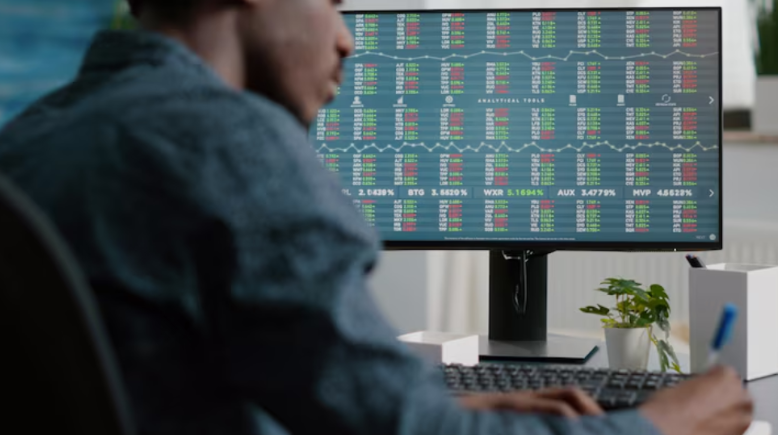Currency prices in forex constantly move, but usually in small amounts. Leverage is a loan offered by brokers that allows traders to take larger positions to earn greater profits. For beginners, getting the basics right is crucial. Here are ten key things every new trader should know about leverage.
What Does Leverage Really Mean?
Leverage is borrowed money from your broker that allows you to control larger trades than your actual capital would permit. For example, with 100:1 leverage, you can take a position of $1,000 with only $10 from your own funds. It increases your buying power, but remember, it increases the risk.
The Role of Margin
Margin is the small amount of your own money you need to put up as collateral to open a leveraged trade. If you want to open a $100,000 position in forex with 100:1 leverage, you’d only need $1,000 in margin. But that margin is at risk.
Leverage Ratio
Brokers usually quote leverage as a ratio: 10:1, 50:1, 100:1, and so on. The higher the ratio, the more exposure you get for each dollar in your account. Higher ratios look tempting, but they also mean that even tiny price changes can wipe out your investment.
Profit Potential
Even small market moves can lead to big profits. For example, if you invest $400 with 5:1 leverage in a $2,000 stock, and it rises to $2,800, you still make the $800 profit as if you had invested the full amount. If that same stock falls by just 10%, your loss equals your entire margin.
Margin Calls and Liquidation
When the asset price moves in the opposite direction from what you predicted, the losses made on the open position may be higher than the account balance or margin requirement. This is called a margin call.
Demo Accounts
If you’re new, don’t rush straight into live trading with leverage. Most brokers offer demo accounts where you can practice with virtual funds. Practicing in a demo environment first gives you confidence and helps you refine a trading plan.
How is Leverage Determined?
Not every trader gets access to sky-high leverage. Financial regulators in different regions set maximum limits to protect beginners from excessive risk. Knowing the legal limits helps you set realistic expectations and keeps you safer from shady brokers.
Benefits of Using Leverage
Leverage does have real benefits when used wisely: here are some of the key benefits:
- Amplified returns.
- Capital efficiency
- Hedging tool
- Access to expensive assets
The Risks You Can’t Ignore
The leverage is a double-edged sword. The same magnifying effect that boosts profits also amplifies losses. A 1% move against you on a highly leveraged forex position can wipe out your entire margin. Other risks include interest costs and exposure to sudden market volatility that you can’t control.
Risk Management Is Non-Negotiable
The golden rule of leveraged trading is never to trade without a risk plan. Here are a few tips:
- Always set stop-loss orders to limit downside.
- Use take-profit levels to lock in gains without second-guessing.
- Stay informed—follow news, trends, and updates.

